T4K3.news
Moose euthanized after trail closure
A bull moose near Goodman Mountain was euthanized due to severe illness; officials say humane action was necessary and researchers will study the area to inform future management.
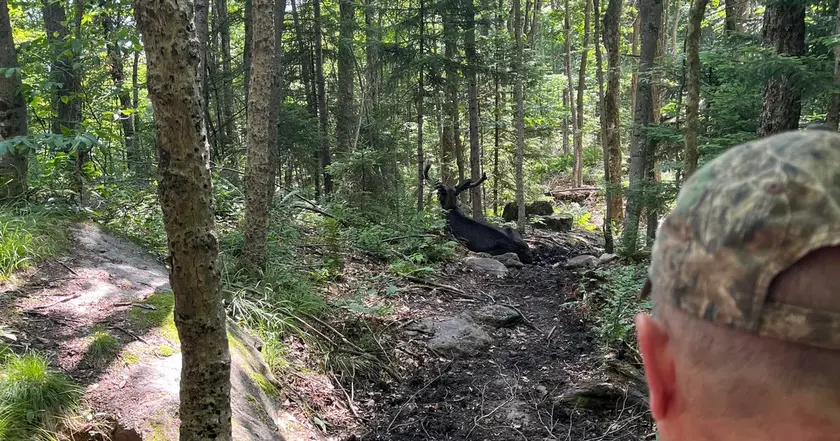
A bull moose near Goodman Mountain was euthanized after health decline, with officials citing humane reasons and ongoing study.
Moose euthanized after lingering near Adirondack trail
A bull moose about six feet tall at the shoulder prompted the temporary closure of the Goodman Mountain trail in the Horseshoe Lake Wild Forest after being spotted and lingering near the summit from May into June. Officials said the animal exhibited unusual behaviors and could not be coaxed away, despite multiple attempts to deter it. Wildlife biologists and a state veterinarian determined the moose was severely emaciated and suffering from advanced disease, making euthanasia the most humane option.
A necropsy will be performed to identify the cause of the decline and to shed light on threats to moose in New York. The trail will remain closed while researchers study foraging behavior and habitat range in the area. Officials noted that New York’s moose population has recovered from near extinction in the 1800s, with an estimated 700 moose in the Adirondacks.
Key Takeaways
"While we never take such actions lightly, humane euthanasia is sometimes the most responsible course of action."
Statement by Jacqueline Lendrum, director of the DEC Division of Fish and Wildlife
"Most situations do not need intervention; however, when wandering animals like moose or bear show up in unusual places, DEC's goal is for the animal to return to wild areas on their own, as unnecessary intervention and handling of the animal can lead to stress and death."
DEC policy on intervention for wandering wildlife
"Information gathered from this animal will help DEC better understand and manage moose in New York."
Part of the official rationale for studying the animal posthumously
The incident highlights how wildlife management now operates in shared public spaces. The DEC stresses nonintervention unless it protects people or the animal, yet events like this reveal gaps in monitoring and communication with hikers. The case also underscores the emotional and ethical weight behind difficult decisions in conservation.
Data from the necropsy and the study of foraging behavior could shape future guidance for land managers. As outdoor spaces grow busier, the tension between public access and wildlife health will likely deepen, making science-based policies and transparent criteria essential.
Highlights
- When nature tests a park, tough calls come with hard truths.
- Science guides tough choices in public land management.
- Public spaces and wildlife must share the same clock.
- Compassion and policy must walk the same path in the wild.
Wildlife euthanasia may spark debate
The decision to euthanize a wild animal can provoke public discussion about wildlife management, animal welfare, and access to natural spaces. This case could amplify calls for clearer thresholds and better monitoring.
The story invites ongoing scrutiny of how we balance access with animal welfare.
Enjoyed this? Let your friends know!
Related News

Vesuvius wildfire closes trails near Naples
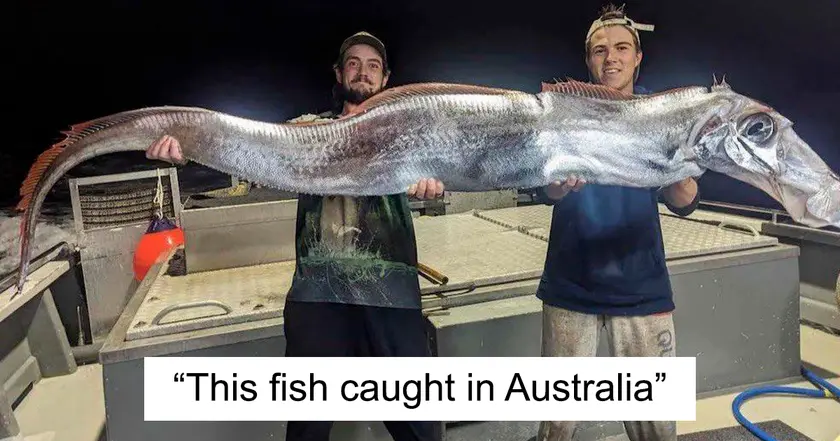
Haunting Images Unveil Nature's Perils
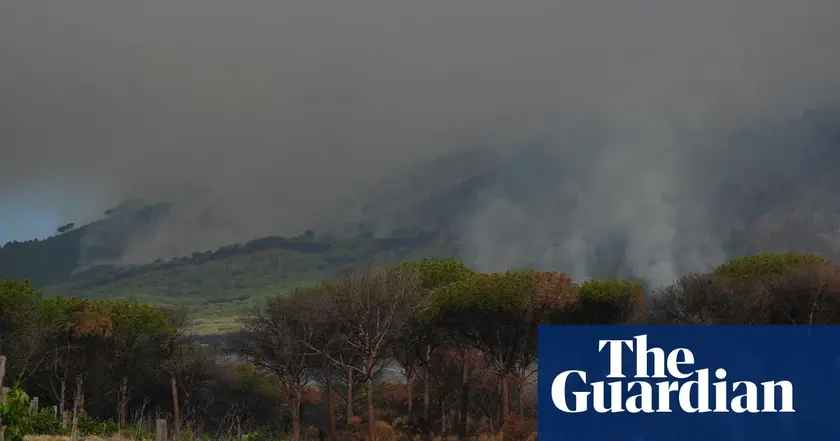
Wildfires Across Europe Drive Heatwave Response
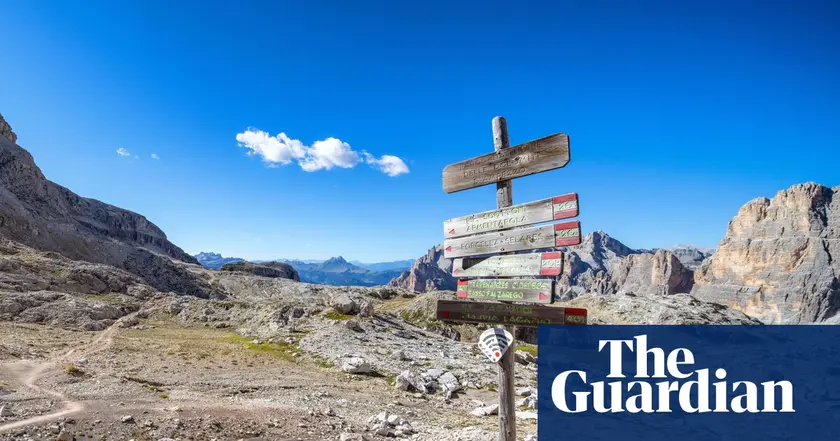
British hiker billed €14,225 for rescue in Dolomites
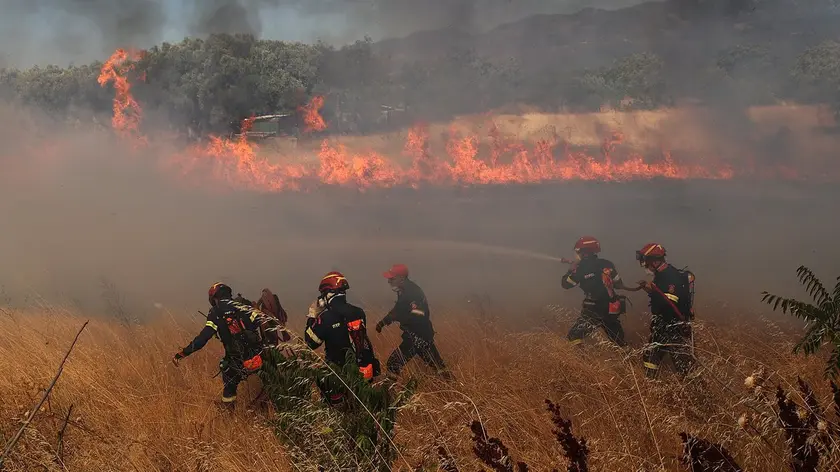
Wildfires hit Europe as heatwaves continue
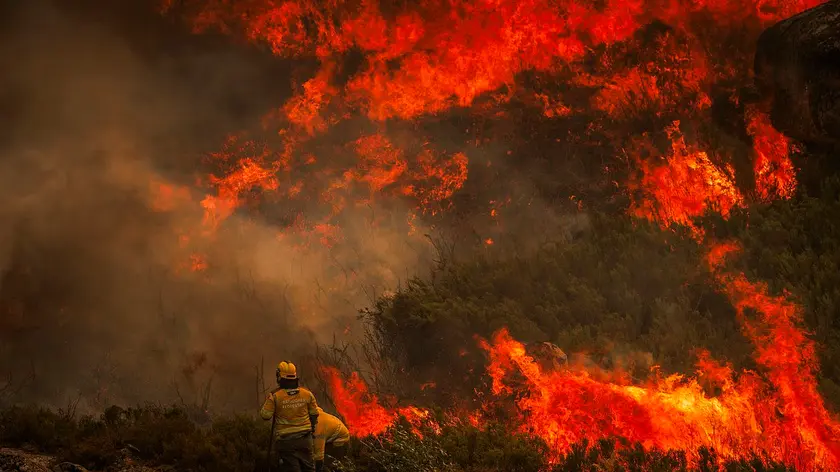
Europe Endures Major Wildfires Prompt Evacuations in Spain Portugal Italy

Jhoan Duran dazzles Phillies fans with his unforgettable entrance
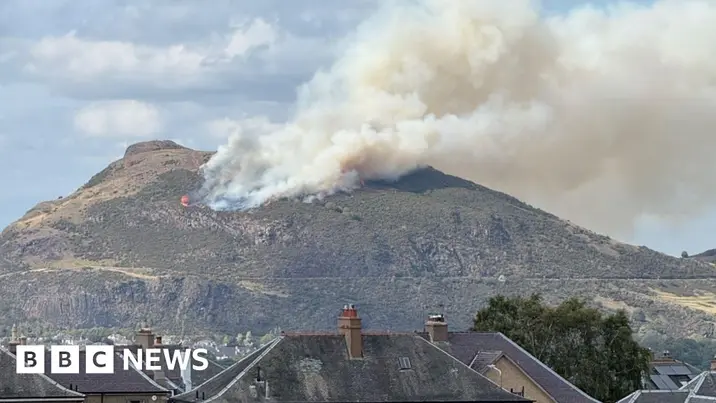
Fire on Arthurs Seat
